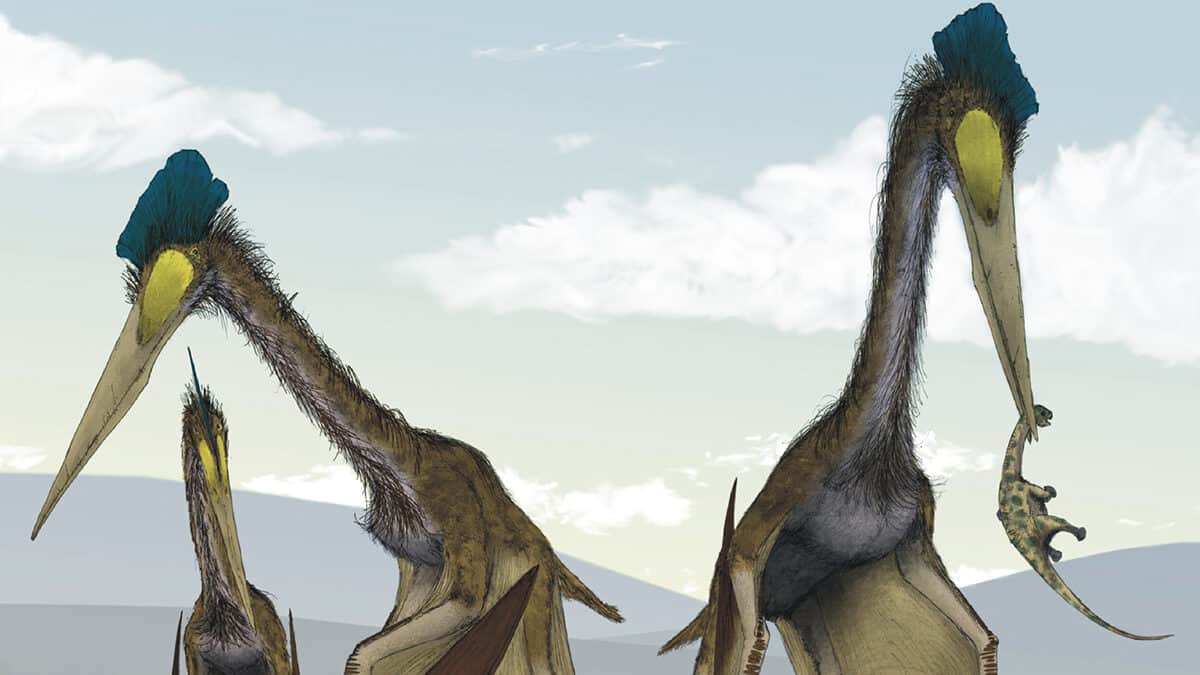Welcome to the end of the Jurassic period, 145 million years ago. As the Jurassic period came to a close, and the Cretaceous period began, many new types of animal and plant life were evolving, and a new kind of creature was starting to take to the skies – birds.
Only ten fossils of the Archaeopteryx have been found but they’re important because they prove that birds evolved from dinosaurs. However they were very different to birds we know today.
The Archaeopteryx was the size of a crow. Whilst they had feathers, they also had teeth, claws on their wings and long tails. They also weren’t great fliers – more likely to glide for short distances rather than flap about.
Being able to hide in trees is a great way to stay safe. It’s believed that small dinosaurs evolved into bird like creatures either to help them escape from predators – more powerful dinosaurs who preyed on smaller and lighter creatures – or to help them go after prey that lived up in trees, such as insects and small lizards.
To survive, over thousands of years, these small dinosaurs evolved. They grew long but light feathers and their front legs got longer to form wings that would help them fly.
Other dinosaurs grew feathers, but as they stayed too large, and as their arms weren’t strong enough, they never flew. One such dinosaur was Dilong, which was the same size as a dog. Although he couldn’t fly, his feathers would have helped him keep warm and might have allowed him to show off to other Dilongs when competing over territory or mates.
Along with the early birds, Pterosaurs ruled the sky. Pterosaurs didn’t have feathers – they were flying reptiles, with strong arm muscles and wings made of thin skin. But don’t worry – that’s a Rhamphorhynchus – he’s mostly interested in sea life! He flies low over the lagoons and uses his pointed beak to grab at fish and other small creatures.
When all that’s left behind are fossils, it’s hard to say what colour dinosaur skin or archaeopteryx feathers were. Recently scientists have discovered small parts of pigment cells, called melanosomes. Through the use of clever technology and comparing results to today’s animals and birds, they can make some amazing discoveries.
For example, they now know that the Sinosauropteryx, a small bird-like dinosaur, had dark-coloured stripes along its tail and an orange-coloured crest along its back.
> Visit the Age of the Dinosaurs homepage
> Download the free Age of the Dinosaurs podcast from iTunes
Add a commentAge of the Dinosaurs
Find out all about the Jurassic and Cretaceous periods!
More From Age of the Dinosaurs



